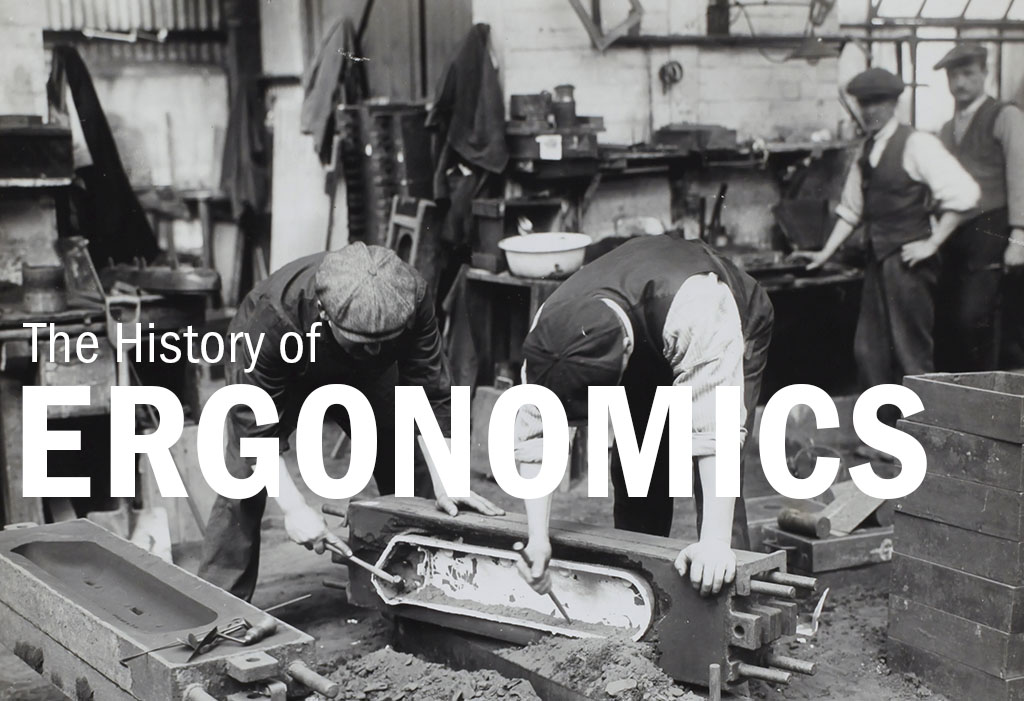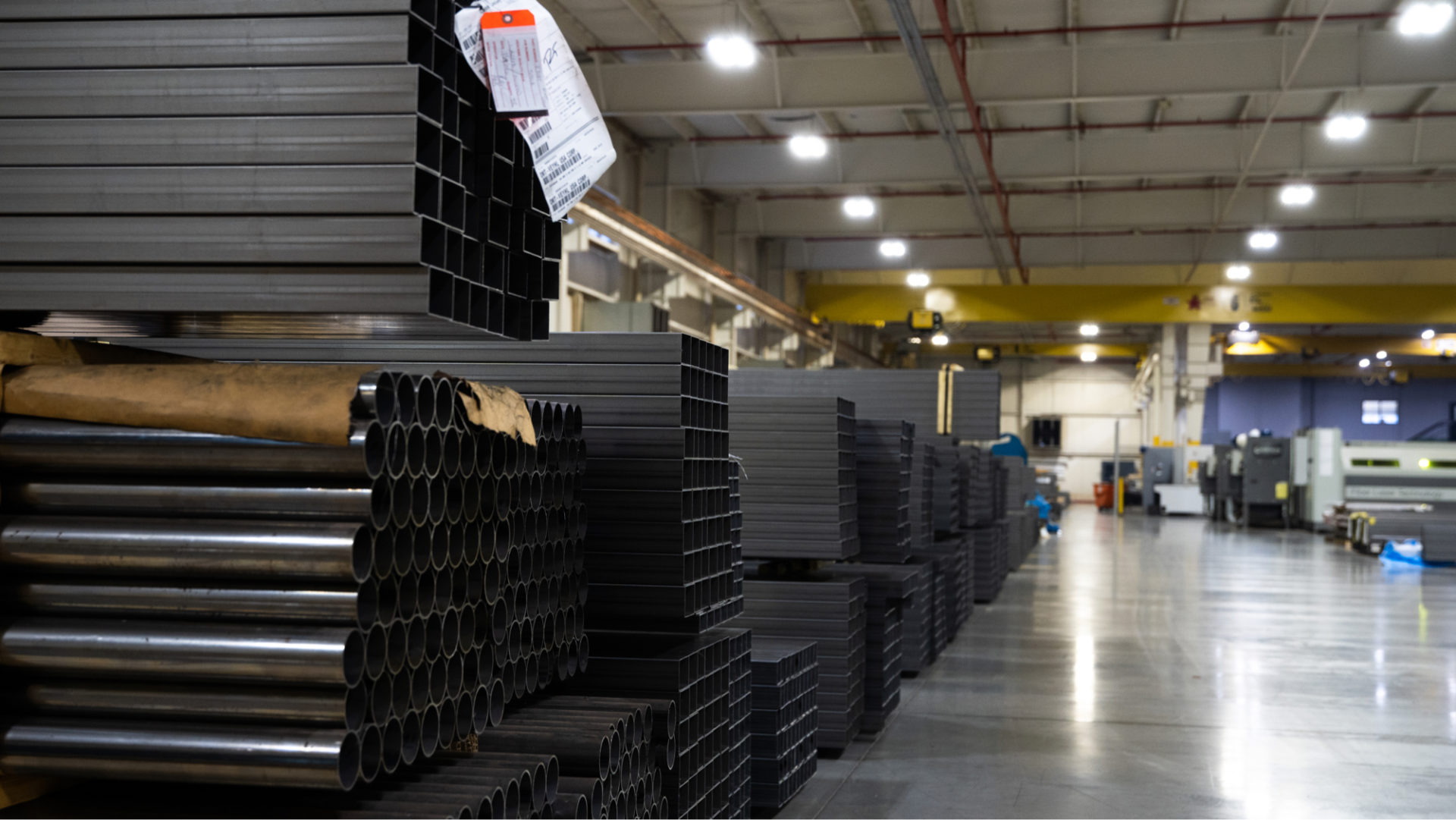
The word “ergonomics” is a popular term to describe a characteristic of products and design. While it exists as a buzz word in today’s industry, it isn’t a new idea. Wojciech Jastrzębowski actually coined this term in 1857 with focus on the body in relationship to productivity. At the time, the idea of health and wellbeing weren’t the core of ergonomics. He took the popular idea from back in the 1700s of increasing efficiencies to turn it into this official concept.
Ergonomics began with creating methods to improve and standardize tools and systems to complete a task proficiently. From implementing the best tools for farming and brick laying, to really taking storm with the Industrial Revolution, ergonomics has grown and transformed to meet the working-ways.
Ergonomics as We Know It
In the 1900s, Lillian and Frank Gilbreth began running ‘Time and Motion Studies’ to find techniques that reduced the number of motions required to perform a task successfully. They altered factors, such as grasp, position, rest, and impact for improvements. These elements, and more, are still used today to evaluate strain analysis.
Over the next few decades through WWII and work on factory lines, professionals noticed that repetitive tasks often led to consistent strain injuries and, additionally, discovered that the design of military planes and equipment in relation to the functionality and ease of use was vital to the success of the tasks. This is when ergonomics took a true turn into the concept that we understand today with deeper research to follow. In 1957, The Human Factors and Ergonomics Society was formed in the United States.
The Beginning of the Office
In the 1980s, ergonomics took yet another turn at the boom of the computer. As new technology became an office staple, unfamiliar injuries started to display prevalence. A new attention to ergonomics would be needed to combat these disadvantages.
With computers also came a development of communication. This ease of interchange spread the knowledge and awareness of ergonomics, until the term became popular amongst many. Workspace design became a focus, noting the ways in which we work and move our bodies, to improve both efficiencies and wellness.
Ergonomics Today
Today, we talk about ergonomics frequently. Height adjustable desks, functional chairs, the technology used, and the additional accessories truly make the positions we work in as healthy, efficient, and, ultimately, as ergonomic as possible.
Instead of solely improving the outcome of work, ergonomics today is intentionally keeping overall user experience at the core.
The newest challenges to ergonomics include laptops and cellphones, which lead to improper posture, but researchers and designers are actively working on products and ideas to combat the adverse effects of this new technology. Just as history shows, progress has and will continue to be made.
As the definition behind ergonomics evolves through the centuries, it adapts to how humans live as well as the work performed to create a co-existing space for ultimate wellbeing. If ergonomics aren’t top-of-mind for you, take a moment to dig through the history of the word to understand why ergonomics truly are so important.


Recent Comments